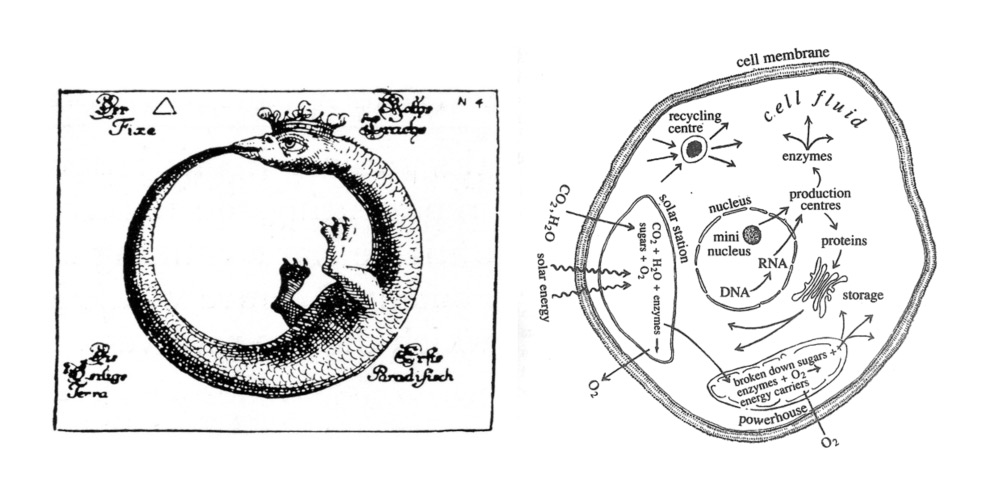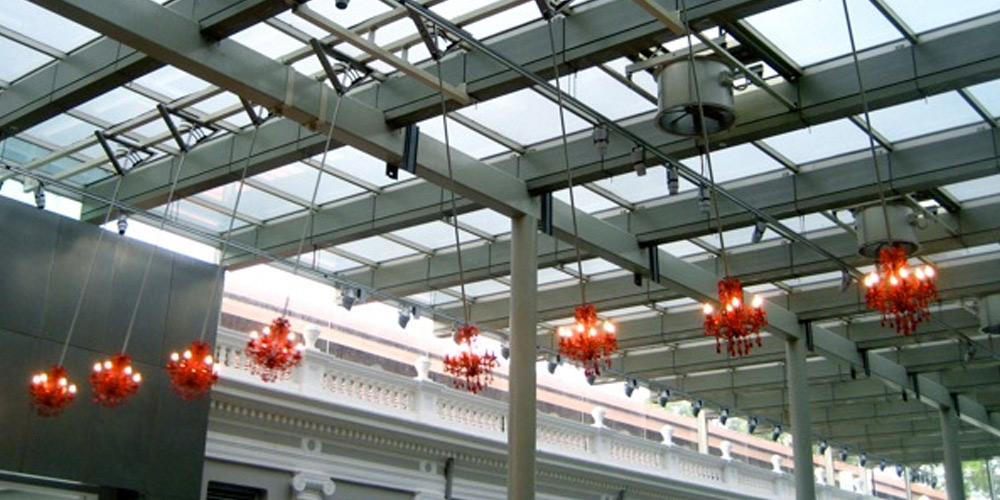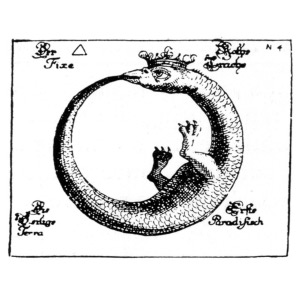Enrique Rivera, audio visual researcher and curator based in Santiago de Chile, was already part of the Ars Electronica Festival in 2013 during the conference series Pixelspaces. This year he is one of the jurors at the Prix Ars Electronica 2014 for the category “Interactive Art“. We asked him what he understands by “interactivity” and whether people in Chile interact differently than people in Japan or Europe. The submission deadline for the Prix Ars Electronica 2014 will be the 19 March 2014 – more info to take part you will find under aec.at/prix.
What do you understand by the term “interactivity”?
Enrique Rivera: In general, it depends on what you are applying the concept, literature, visual or media art, expanded cinema, social hacking, politics, or a simple conversation, but something that is contained in each action, is the capacity of share or interchange knowledge. In the case of media art, I think that the concept of interaction must be observed beyond the capacity of a work to react to a external stimulation, and contain in it a source of knowledge that has the capacity to transform not just something inside of the mind of observer, but also to transform the work itself.
In all those aspects, a previous design is created to give an experience to the interactor. So in this sense, I would like to refer to the cybernetic point of view of interaction, or more specific, to the one give by Gordon Pask (England, 1928–1996), when in 1995 he said “Like concepts repel and unlike concepts attract”. For Pask the interaction of concepts -that in the case of the arts, are the contents behind any “interactive effect”- is attach to a materiality ruled by certain energy, that like magnets, has the possibility to move in an invisible way trough the minds -or nervous system- of people around the world, changing, growing, transforming, never dying, depending in the context.

Gordon Pask Repulsive carapace: “repulsive carapace” force surrounding a concept. It is shown by the minus sign, it has a clockwise or anticlockwise spin. The spin signature is determined by the residual parity of a braid which is the thick line enclosed by the cylinder. The plus sign labels a process seeking closure by “eating its own tail”. Source: Wikipedia
It’s important to invoke the concept of interaction contained in the autopoiesis theory, explained in two occasions at the Ars Electronica by Humberto Maturana -one the fathers of the concept together with Francisco Varela-. First during the 11th version of the Festival dedicated to the idea of Endo and Nano, and at the the Origin Symposium in 2011. Maturana and Varela explain the concept of autopoiesis in the next way: An autopoietic machine is a machine organized (defined as a unity) as a network of processes of production (transformation and destruction) of components which: Firstly through their interactions and transformations continuously regenerate and realize the network of processes (relations) that produced them; and secondly constitute it (the machine) as a concrete unity in space in which they (the components) exist by specifying the topological domain of its realization as such a network.

Source: Autopoiesis and Cognition: the Realization of the Living (1st edition 1973, 2nd 1980) Maturana and Varela
Any interaction must be understood as a process that take place in a mega structure, contain not just in the world, but also determined by the unknown elements of the universe, like dark energy and matter. The most minimal element of the living and non living organism of the world are part of the meta interactive harmonic process that regulates the harmonic holon.
This give us a very interesting art and science scenario, where the challenge of think and create interactive art works, are close to extreme and fragile boundaries recognize by ancient civilizations and also by modern art/scientist like Frank Malina, who set up a strong bridge between both fields of knowledge, using space arts as a way to understand the power. Nowadays imagination combine with quantic computing and metamaterials, define the state of the media arts.

The variety of the submitted works is wide – the “Interactive Art” category includes installations, performances, audience participation as well as virtual reality or robotics. In the middle, however, there is always the human being. Do you think that people in other cultures like Chile, Japan or Europe, “interact” differently?
Enrique Rivera: Of course that people from different latitudes have different habitus, determined by our costumes, education, unconscious and conscious, and then if the interactivity is very specific, and the conceptual code is too close, maybe we will have the cliché of the generalization of the different cultures, for example, in Japan and Chile we have a lot of earthquakes, and the way to react in Chile to that is very outgoing, and in Japan I have the impression that is more introverted. For example, I remember the work of Suzann Victor “Contours of a Rich Manoeuvre III”, that I saw at the exhibition Thermoclines of Art at ZKM, where a series of lamps were hanging from the sealing, moving like a pendulum. Instantly I had the sensation of and earthquake, and then I realize that was part of the installation, that maybe was inspired by the same teluric and geographical condition that we have in Chile. In that sense, someone from Asia could have my same sensation, but someone from Europe will act differently. So personal experience is crucial to understand the different ways of interaction, bacause is base in the data and memory that we bring with us. On the other hand, there are transversal codes that will trespass the personal experience, and you can see that in memes, where with a simple image, or the combination of 2 or 3, people from all over the world will have the same reaction. That is like the rebirth of the hieroglyphs, that are ruling the planetary mega network.
What project are you currently working on?
Enrique Rivera: Now we are preparing the final details of the last Media Art Biennial catalogue, preparing the 2nd version of the Digital Culture Encounter that will take place in October at a public space in Santiago, and starting to prepare the 12th version of the Biennial for 2015. Also we keep encouraging people to present ideas to the residence program at the ESO astronomical observatories, and loading data to the www.mediatecalibre.cl art and science repository. In general, trying to participate in the construction of a fertile ground where artist and scientist in Chile meet and develop projects together.
